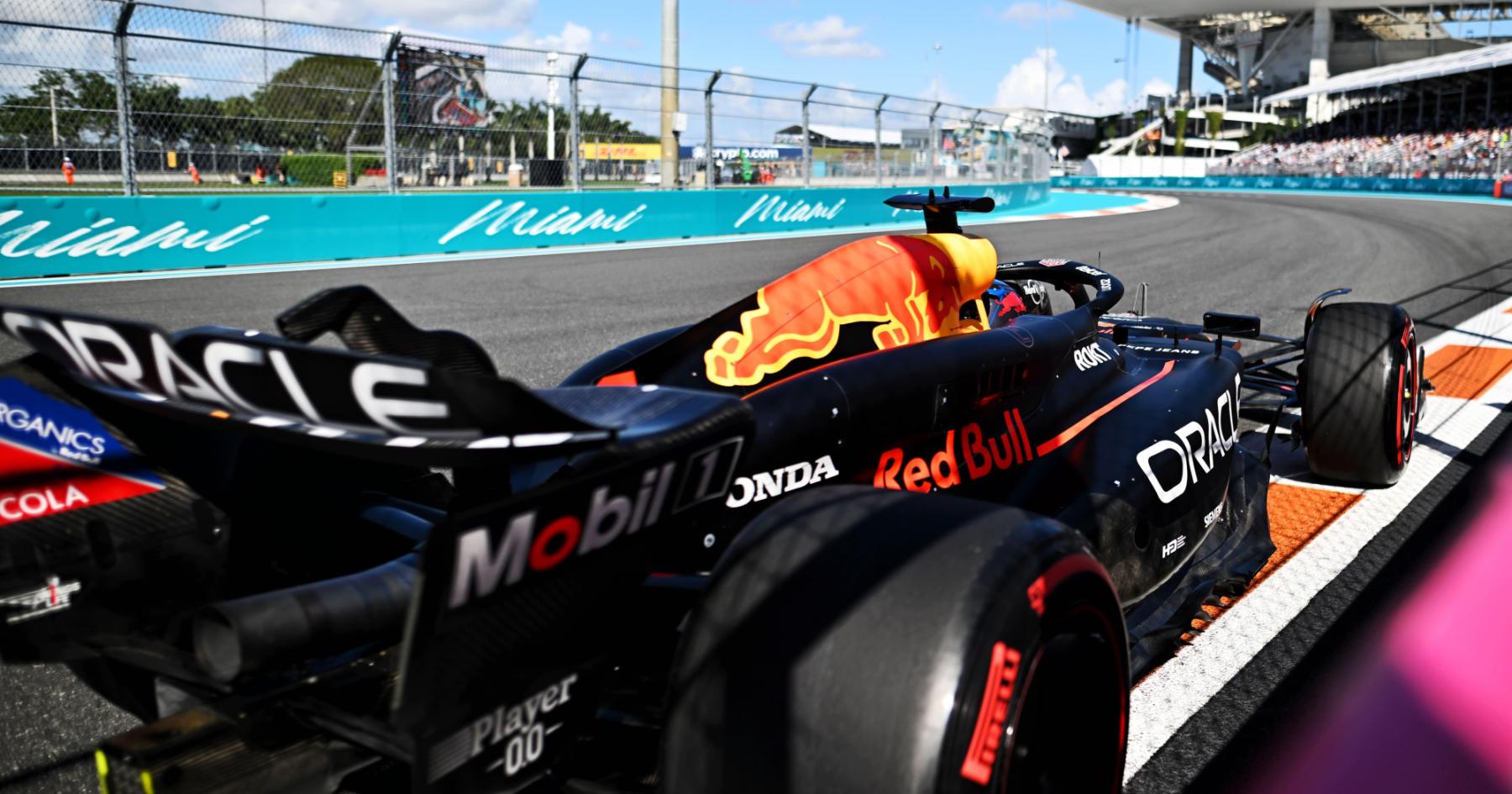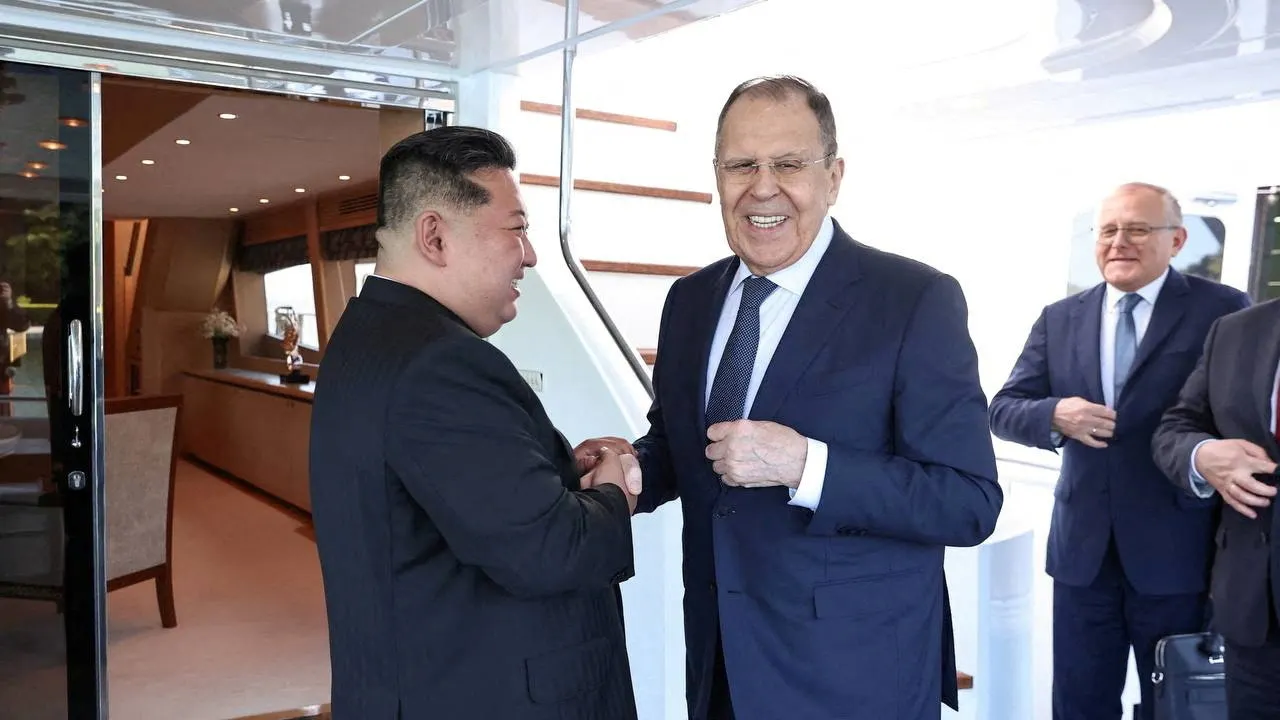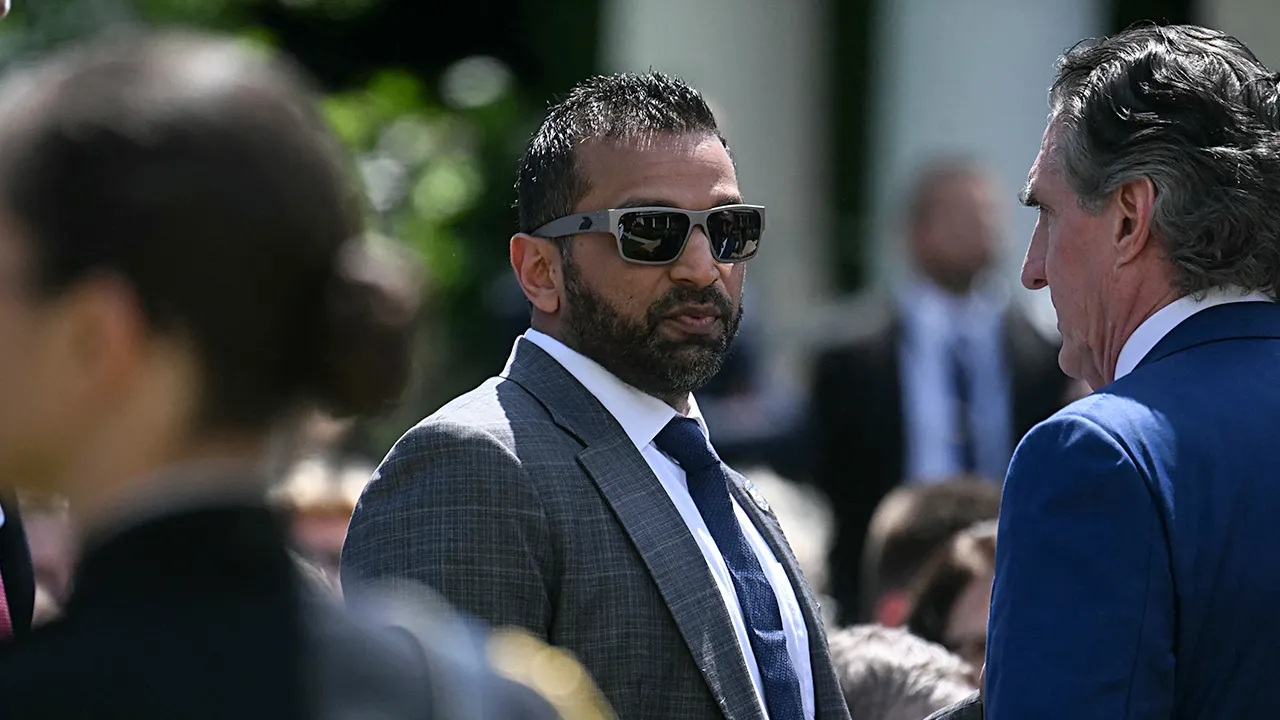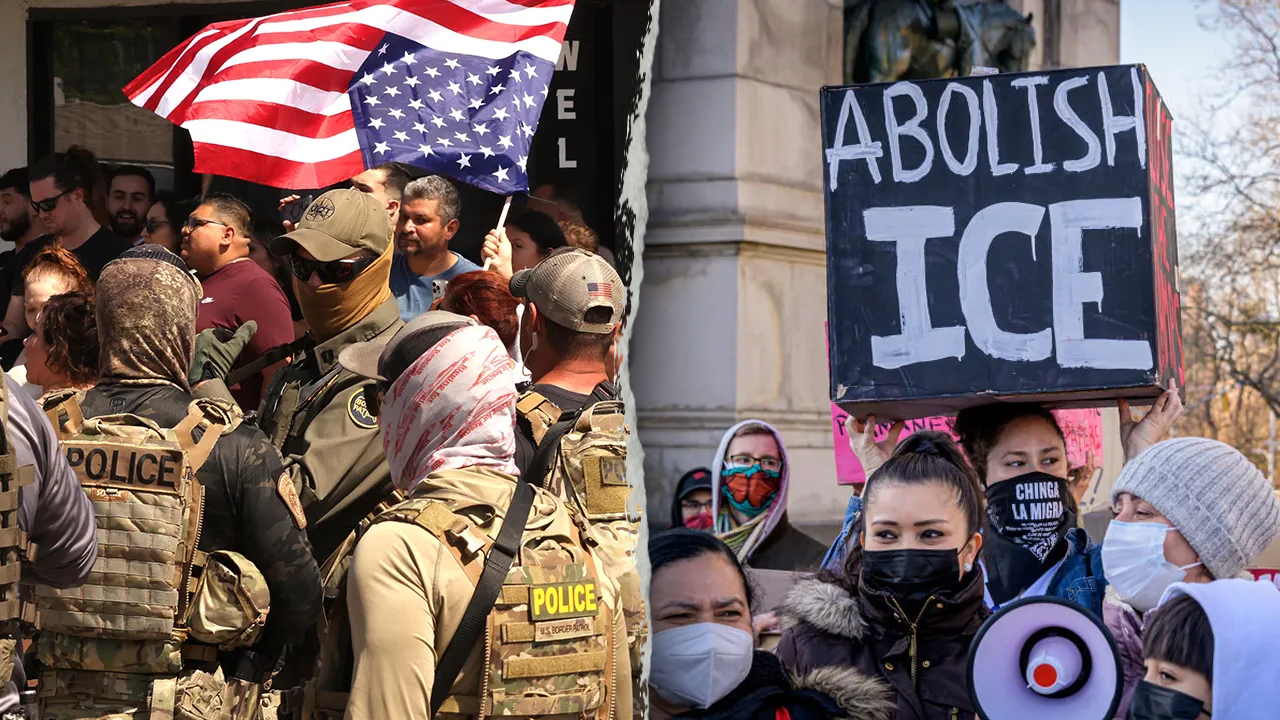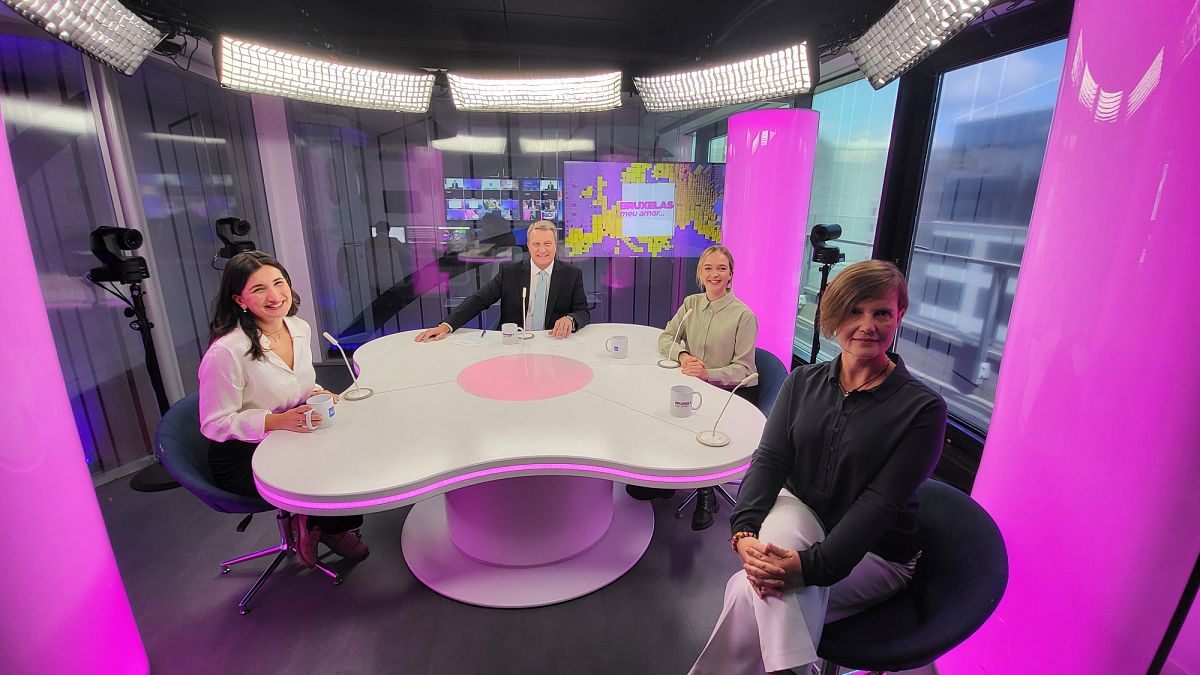Culture
‘Scaremongering’ or a cause for concern? Why the F1 engine debate is intensifying ahead of 2026

There has been growing excitement within Formula One over the potential return of the V10 engines. That roaring sound is part of the sport’s history and identity.
But the calls from senior figures in the F1 paddock, including the FIA president, Mohammed Ben Sulayem, to consider returning the loud engines used most recently 20 years ago, has also raised questions.
If simpler, louder and cheaper V10 engines, running on fully sustainable fuels and resulting in smaller and lighter car designs, are introduced in the coming years, what happens in the interim? And how would that impact the imminent power unit change scheduled for 2026?
F1’s stakeholders have been working on the 2026 engine rules, maintaining the V6 hybrid basis for the power units, for years. Since their approval in the summer of 2022, the ruleset has encouraged Audi, Ford (via Red Bull), and General Motors to join the grid, as well as reversing Honda’s decision to quit, all thanks to the sport’s commitment to fully sustainable fuels and greater electrification. In the case of Audi and Red Bull, the development of their new engine programs has required significant investment and recruitment, running into the hundreds of millions of dollars.
These rules were meant to cover a five-year cycle from 2026 through to the end of 2030. But will they even happen at all?
In a select media roundtable, including The Athletic, on Sunday in Shanghai, Nikolas Tombazis, the FIA’s single-seater director who helps shape F1’s future rules, framed the discussion over the future engine regulations as hinging on two questions.
The first relates to the long-term direction of the sport and whether, in the next three or four years, F1 wants a different type of power unit. “If the answer to that is yes, (that) we want to change something, then question number two is, ‘What we do in the intervening period?’” Tombazis said. That period begins next year.
“What I want to say at the start about 2026 is that, either way, whether we stay with the current regulations or whether we do the already approved new regulations, I think Formula One would be in a good place,” Tombazis said. “I don’t want it to be seen as sort of, ‘OK, we are panicking about 2026,’ because that is far from reality.”
On Friday in China, Red Bull team principal Christian Horner claimed there were “limitations” with next year’s rules that could impact the sport’s on-track spectacle due to the “shortcomings of the split in electrification and combustion” sources with the new power unit, which leans more on the electric power in the power unit. Those “limitations” would relate to consistent performance issues across the grid, which could affect the quality of competition and racing.
But Tombazis said he and the wider FIA did not share what he called a “scaremongering” view raised about the 2026 regulations’ potential impact on racing.
“I think there will be cars racing closely with each other, able to fight each other, and using driver skill, etc,” Tombazis said. “So fundamentally, I think I don’t share the panic stories. I remind people that there were panic stories for the ’22 regulations about how the cars would be massively slow.” This was when F1 last made a major overhaul to the aerodynamic regulations, which was not on the scale of 2026 when both the car designs and power units will change.
“I’m not saying everything was perfect,” Tombazis said of the 2022 change. “There are things with the benefit of hindsight we would have done differently. But I don’t think it was that disaster.”
Any change to the plans for next year would depend on the position of all the engine manufacturers. The investment and effort already put in has led the sport to a point where it’s “10 past midnight, and Cinderella has left the building,” to quote Horner.
Although Tombazis agreed that “the train has left the station to a large extent” for 2026, he noted that talk about the ‘interim’ period was fueled by chatter in the wake of Ben Sulayem, the FIA president, calling for an evaluation of a future switch to V10s.
Tombazis added that the FIA did not wish to impose any changes that would make it impossible for a team to compete. “We won’t just go on majorities,” he said. “We are trying to build a consensus here, and if that fails, then we will stay where we are (with the existing 2026 plan).”
If F1 power unit manufacturers were to feel it’s better to shelve the ’26 engines due to potential negative impacts on the sport — if the “scaremongering” were serious and concerns were widely shared — then mechanisms do exist that could lead to the status quo with the current specification of power units being the interim solution until a possible return to V10s.
But that would lead to other major knock-on effects and issues, given that Audi and Red Bull Powertrains/Ford haven’t produced a V6 hybrid engine for the current regulations. Other existing manufacturers have shifted all development to future engines. This, again, makes the idea of changing next year’s engine plans seem unthinkable.
Horner told reporters on Sunday in China he would be “very surprised” if the existing rules continued next year. “I think all teams are all in at the moment on ’26,” Horner said. “So we’d have to understand what it was all about.” He also denied Red Bull was pushing for a delay of the new rules, saying it was “geared up and ready for ’26.”
Toto Wolff, the Mercedes team principal, didn’t give much thought to the possibility of the 2026 changes not going ahead.
“It’s all going to be good,” he told reporters, calling the change an “exciting adventure” for the F1 grid that meant it should be celebrated, not derided by already looking at what follows the upcoming change.
Mercedes team principal Toto Wolff (Fadel Senna/AFP via Getty Images)
“This is where we should put our emphasis,” Wolff said. “This is what we should cheer for, and speak about, all the goodness that is going to bring rather than looking too far forward.”
A spokesperson for Audi issued a statement noting that the upcoming rule change and power unit design was “a key factor in Audi’s decision to enter Formula One. These power unit regulations reflect the same technological advancements that drive innovation in Audi’s road cars.” The German manufacturer has established its own F1 engine program and bought the Sauber team all on the basis of these rules — which now could only last a few years.
Assuming things go ahead as planned for 2026, as most still anticipate, the winds are currently blowing toward a shorter cycle from the original five years to change the power unit formula.
The desire for a long-term game plan is shared by senior figures throughout the paddock, meaning it’ll be a talking point in the coming months. The positions of the various power unit manufacturers could be influenced by their relative competitive standings in the political battles next year. If one team has produced the best power unit and has an advantage that would be hard to overcome, it’s only natural it might seek to protect that and kick any shift in regulations as far down the road as possible — and that its rivals would try to fight back.
Given how celebrated the 2026 engine rules were when they were announced in 2022 and the credit given to them when each new major manufacturer joined the grid, ditching them early would be strange. But Tombazis felt two primary factors had caused the change in stance. First, he cited the perception from manufacturers about electrification uptake across the automotive industry given a slow down in consumer interest.
“Back in 2020, 2021, when these discussions were had, the trend was pretty decisively in the direction of electrification,” he said. “I’m not saying that’s not happening, but certainly the views of the participants have changed since then.”
He also highlighted the costs of making the power units, admitting the current designs are “way too expensive.” When the 2026 rules were announced, improved cost control was heralded as one of their benefits, but Tombazis said their expense was a consideration.
“Even if Formula One is in very good health financially, it has become important also to protect it against world economy fluctuations, and I think we need to take these protective measures while the sun is shining and not when it starts raining, ideally,” he said. “The drive to cut costs is important to consider.
“All of these things are not things we would dream of doing without trying to respect all of the participants properly.”
Wolff said Mercedes was “always open” to different engine solutions, but that F1 had to consider what fans wanted too, and whether their views might have changed amid the shift toward a younger and more diverse fanbase than in the past. For those who came to the sport through “Drive to Survive,” the sound of V6 hybrids is all they will have known.
“All of this needs to be set as questions,” Wolff said. “What are the objectives for a future regulation change in a few years? Let’s analyze that based on data and come to a conclusion that is for the best of our sport.
“Because this is the single most important denominator between the FIA, Formula One, the teams, that we want to have the greatest product for our fans.”
(Top photo: Peter Parks/AFP via Getty Images)

Culture
Try to Match These Snarky Quotations to Their Novels and Stories

Welcome to Literary Quotable Quotes, a quiz that challenges you to match a book’s memorable lines with its title. This week’s installment is focused on bold observations made by characters from assorted novels and short stories. In the five multiple-choice questions below, tap or click on the answer you think is correct. After the last question, you’ll find links to the books themselves if you want to get a copy and see that quotation in context.
Culture
16 Mayors on What It’s Like to Run a U.S. City Now Under Trump

It is no ordinary time to lead a city. Budgets are in flux. Divisions are deepening. Political violence and misinformation are growing concerns. And as President Trump aggressively pursues his agenda, national politics are becoming an inescapable reality in city halls.
The New York Times sat down last month with 16 mayors at a meeting of the U.S. Conference of Mayors in Tampa, Fla. We asked them many of the same questions. Their answers revealed deep, bipartisan uncertainty over federal funding and concerns about rising incivility. Mayors of some of the nation’s largest cities, including New York and Los Angeles, did not attend.
Some Republican mayors spoke hopefully about this new Trump era. Many others, especially Democrats, who hold the majority of big-city mayoral jobs, voiced alarm about how the administration’s policies were playing out.
Here’s what we heard.
Across party lines, this one issue was a persistent concern.
Americans have been telling their mayors that they are worried about everyday costs and struggling to afford a place to live.
With home prices rising and supply limited, several mayors said they were trying to build more units and meet demand. It was a challenge playing out in nearly every city, with young professionals struggling to buy their first houses and growing homeless populations straining city services.
Mayors told us what else was keeping them up at night.
They described spending significant time outside the office worrying about local and national problems. As the mayor of Noblesville, Ind., put it: “My job is not nine to five. I’m mayor regardless of where I am.”
Some described the fear of receiving a phone call with news of another shooting. Others spoke about wanting to fix endemic issues like homelessness and drug addiction.
Governing a city feels different under President Trump, most mayors said.
Mayor Chris Jensen (R)
Noblesville, Ind.
Mayor Donna Deegan (D)
Jacksonville, Fla.
Mayor Jerry Dyer (R)
Fresno, Calif.
Mayor Regina Romero (D)
Tucson, Ariz.
Mayor Kathy Sheehan (D)
Albany, N.Y.
Mayor Alyia Gaskins (D)
Alexandria, Va.
Mayor Mattie Parker (R)
Fort Worth
With the Trump administration seeking to rapidly overhaul parts of the federal government, mayors from both parties described uncertainty over the fate of federal grants and other programs that Republicans in Washington have targeted.
Many Democrats said they had strong relationships with former President Joseph R. Biden Jr.’s staff members and had not yet built those same connections with Mr. Trump’s team. Mayor Brandon Johnson of Chicago, whose city has been singled out for criticism by Mr. Trump, said that “the very basic fundamental rights of our democracy are under siege.”
Some Republicans described optimism about working with the new president, and not all of them had seen major changes. Mayor D.C. Reeves of Pensacola, Fla., said that “it’s probably too early to say that there’s a distinct difference.” Mayor Acquanetta Warren of Fontana, Calif., said it was “not at all” different. “We work with anyone,” she said.
We also asked whether mayors had changed their routines because of political violence.
Several mayors said they had taken additional steps to ensure their safety since the killing of a Minnesota lawmaker and her husband in June and other recent attacks. But political violence, many of them noted, was not new. Mayor Regina Romero of Tucson, a Democrat, pointed to the attempted assassination of Representative Gabby Giffords in her city in 2011.
And Mayor Indya Kincannon of Knoxville, a Democrat, said she had been inside a local church with her young daughters when a gunman opened fire in 2008, killing two people, in an attack linked to hatred of liberals and gay people. She remembered escaping with her daughters. “I picked them up and left as soon as the gunman was tackled,” she said.
Mayor Todd Gloria (D)
San Diego
“It’s a difficult time for people in public office, and when we see the tragedy that just happened in Minnesota, you always have to wonder, you know, am I next?”

Mayor Brandon Johnson (D)
Chicago
“No. But what I can say is with the political violence that has been promulgating, there’s no place for it.”

Mayor Alyia Gaskins (D)
Alexandria, Va.
“I have. I would say in light of recent violence, I’m much more aware of my surroundings and also those of my family.”

Mayor Kathy Sheehan (D)
Albany, N.Y.
“For those of us who are elected officials, it is an uneasy time.”

Mayor Jerry Dyer (R)
Fresno, Calif.
“As a former police chief and spending 40 years in law enforcement, I’m keenly aware of the fact that there’s always a potential for a threat of violence against you, but it doesn’t mean that we’re always constantly aware of that threat. But I have become much more alert as of late in terms of my surroundings.”

Mayor Quentin Hart (D)
Waterloo, Iowa
“One of the things that we’ve done immediately was to take more precautions within City Hall.”

Mayor Brett Smiley (D)
Providence, R.I.
“I haven’t made changes to how I interact with my community, but I will admit that my stress and anxiety level is up a little bit higher.”

Mayor D.C. Reeves (R)
Pensacola, Fla.
“Nothing permanent yet, but I’m certainly watching it.”
Immigration enforcement is creating fear in many cities, too.
Mayors from both parties called on the federal government to overhaul the nation’s immigration laws.
“You couldn’t talk to a mayor who doesn’t want immigration reform,” said Mayor Kathy Sheehan of Albany, a Democrat. “We want Washington to fix this.”
But as the Trump administration works to increase deportations and remove legal status for some immigrants, mayors said that some in their cities were living in constant fear of raids by Immigration and Customs Enforcement officers.
Mayor Brandon Johnson (D)
Chicago
Mayor Acquanetta Warren (R)
Fontana, Calif.
Mayor Brett Smiley (D)
Providence, R.I.
Mayor D.C. Reeves (R)
Pensacola, Fla.
Mayor Quentin Hart (D)
Waterloo, Iowa
Mayor Jerry Dyer (R)
Fresno, Calif.
Mayor Regina Romero (D)
Tucson, Ariz.
Mayor Mattie Parker (R)
Fort Worth
Mayors also pointed to local programs that could be national models.

Mayor Chris Jensen (R)
Noblesville, Ind.
“I had a local therapist approach me and ask, ‘Hey, would you go on Facebook and do a live therapy session to talk about what it’s like to be a leader during Covid?’ Of course, my initial answer was, ‘Absolutely not, I don’t want to go share my emotions with my community.’”
“But I ended up relenting and doing it. It was one of the best things I ever did. It was literally an hourlong therapy session talking about my feelings, about being a leader during such an uncertain time. That project has morphed into, now, a monthly program called ‘Mental Health Monday.’”
He added: “We have now comforted a community and a city and shown that it’s OK to not be OK.”

Mayor Acquanetta Warren (R)
Fontana, Calif.
“Right now, the biggest challenge in our city is homelessness. That’s what our public is looking to see us resolve, so we’re on steroids doing that. We just bought a hotel last year, which allows us to put people off the street in an environment where they can get major assistance to transform their lives.”

Mayor Regina Romero (D)
Tucson, Ariz.
“We’ve planted more than 150,000 trees in the last six years. We created a heat tree map where we take a look at the areas of our city that have less canopy. Because trees are a nature-based solution to heat and climate.”

Mayor Todd Gloria (D)
San Diego
“Last year, despite high interest rates and high inflation, we permitted about 8,800 new homes in my city, more than double what we’ve been doing historically. The reforms that we’re putting in place to make it possible to build more homes for less and to build them faster is working.”
We wanted to know what policy change under Trump was having the biggest impact, too.
We spoke to the mayors before Congress passed Mr. Trump’s sweeping domestic policy bill. They told us they had spent months bracing for severe cuts to federal funding for local programs, though many of their worst-case fears had not materialized at that point.
Some described the pausing of grants while the Trump administration re-evaluated previously approved projects, leaving cities in limbo. In places where the local economy is highly dependent on international trade, mayors voiced concern about the uncertainty around tariffs.
Mayor Brandon Johnson (D)
Chicago
Mayor Todd Gloria (D)
San Diego
Mayor Alyia Gaskins (D)
Alexandria, Va.
Mayor Brett Smiley (D)
Providence, R.I.
Mayor Chris Jensen (R)
Noblesville, Ind.
Mayor D.C. Reeves (R)
Pensacola, Fla.
Mayor Cavalier Johnson (D)
Milwaukee
And mayors told us what they had learned about the United States in the last year.
Both Republicans and Democrats said the depth of the country’s political divisions had become even more clear in recent months. Some Democrats said they were still processing Mr. Trump’s return to power and what it means for the country’s future.
Mayor Todd Gloria (D)
San Diego
Mayor Daniel Rickenmann (R)
Columbia, S.C.
Mayor Regina Romero (D)
Tucson, Ariz.
Mayor Jerry Dyer (R)
Fresno, Calif.
Mayor Brandon Johnson (D)
Chicago
Mayor D.C. Reeves (R)
Pensacola, Fla.
Mayor Indya Kincannon (D)
Knoxville, Tenn.
Mayor Alyia Gaskins (D)
Alexandria, Va.
We also asked some lighter questions, like which TV or streaming show they liked best.
Mayors also revealed their favorite after-work beverages.
Many mayors were eager to plug local craft breweries. Mayor Daniel Rickenmann of Columbia gave a shout-out to the Kentucky distillery that he cofounded. Others preferred a particular soft drink.
We asked them to brag about their cities’ signature dishes, too.
They boasted about a Friday night fish fry in Milwaukee, fish tacos in San Diego and Mexican food in Fresno and Fontana. Knoxville’s mayor suggested “meat and three,” the local term for meat and three side dishes, while Pensacola’s mayor highlighted his city’s seafood.
Two mayors shared different theories on hot dogs. And two Midwestern mayors boasted about their pork tenderloins.
Their bookshelves are also as varied as their cities.
When asked about the best book they had read recently, mayors shared a range of fiction and nonfiction titles.
Mayor Alyia Gaskins of Alexandria said much of her reading time was spent with her young children, who enjoy “Little Blue Truck” and “Goodnight, Goodnight Construction Site.” The mayors of Fontana, Knoxville and San Diego all praised “Abundance” by Ezra Klein and Derek Thompson.

Mayor Jerry Dyer (R)
Fresno, Calif.
“One Blood” by John M. Perkins

Mayor Kathy Sheehan (D)
Albany, N.Y.
“A Gentleman in Moscow” by Amor Towles

Mayor Donna Deegan (D)
Jacksonville, Fla.
“The Wisdom Pattern” by Richard Rohr

Mayor D.C. Reeves (R)
Pensacola, Fla.
“A Land Remembered” by Patrick D. Smith. “It’s a novel, but it’s kind of on the history of Florida.”

Mayor Brandon Johnson (D)
Chicago
“Locking Up Our Own” by James Forman Jr. “I recommend that people across America take a look at it, particularly at a time in which the carceral state is something that’s being enacted, especially by this federal government.”

Mayor Daniel Rickenmann (R)
Columbia, S.C.
“Rockets’ Red Glare” by William Webster and Dick Lochte

Mayor Quentin Hart (D)
Waterloo, Iowa
“The 1619 Project” by Nikole Hannah-Jones, who is from Waterloo. Also “Anesa, No Skola Today” by Anesa Kajtazovic, a children’s book about growing up during the Bosnian War.

Mayor Chris Jensen (R)
Noblesville, Ind.
“The Circle Maker” by Mark Batterson. “It’s all about big prayers, big bold ideas.”

Mayor Brett Smiley (D)
Providence, R.I.
“A Little Life” by Hanya Yanagihara. “Probably the saddest book I’ve ever read, but it was really, really, really well written and wonderful.”

Mayor Regina Romero (D)
Tucson, Ariz.
“The Teenage Brain” by Dr. Frances E. Jensen. “That really has helped me understand my teenagers and why they do the things they do.”

Mayor Mattie Parker (R)
Fort Worth
“On Leadership” by Tony Blair. “It’s incredibly thought provoking as a leader. I probably should have read it at the beginning of my administration, but I’ve learned quite a bit.”

Mayor Cavalier Johnson (D)
Milwaukee
“I’m reading it right now: ‘A Promised Land’ by Barack Obama. I’m a little behind because I’m mayor and I’ve got three kids, but I’m making up for it now.”
Finally, we wanted to know what gave mayors hope for the United States.
Across party lines, mayors spoke about frightening political divisions, seemingly intractable problems and serious fears about the future. But most also voiced optimism about the country, drawing hope from America’s history and especially from the people they meet in their own cities.
Culture
Match Five International Cities to Popular Book Titles

A strong sense of place can deeply influence a story, and in some cases, the setting can even feel like a character itself. This week’s literary geography quiz highlights fictional works with the names of real international cities in their titles. To play, just make your selection in the multiple-choice list and the correct answer will be revealed. Links to the books will be listed at the end of the quiz if you’d like to do further reading.
-

 Business1 week ago
Business1 week agoSee How Trump’s Big Bill Could Affect Your Taxes, Health Care and Other Finances
-

 Politics1 week ago
Politics1 week agoVideo: Trump Signs the ‘One Big Beautiful Bill’ Into Law
-

 Culture1 week ago
Culture1 week ago16 Mayors on What It’s Like to Run a U.S. City Now Under Trump
-

 News1 week ago
News1 week agoVideo: Who Loses in the Republican Policy Bill?
-

 Science1 week ago
Science1 week agoFederal contractors improperly dumped wildfire-related asbestos waste at L.A. area landfills
-

 Technology1 week ago
Technology1 week agoMeet Soham Parekh, the engineer burning through tech by working at three to four startups simultaneously
-

 World1 week ago
World1 week agoRussia-Ukraine war: List of key events, day 1,227
-

 Politics1 week ago
Politics1 week agoCongressman's last day in office revealed after vote on Trump's 'Big, Beautiful Bill'




